Can a Water Heater Be Transported on Its Side?
Transporting a water heater on its side is generally not recommended due to potential damage risks. Proper orientation ensures safety and efficiency during the moving and installation process.
When considering the relocation of a water heater, it is vital to understand the implications of its positioning during transport. Water heaters are heavy appliances, and their orientation can significantly affect their functionality and longevity. While some may contemplate transporting the unit on its side for convenience, this practice poses several risks. Incorrect positioning can lead to damage, particularly to the internal components, such as the water tank and plumbing connections. Furthermore, improper handling may impact weight distribution, increasing the likelihood of accidents during movement. This section delves into the importance of maintaining the correct orientation while transporting the appliance, emphasizing the necessity of adhering to manufacturer guidelines and safety precautions. By understanding these factors, homeowners and professionals alike can ensure a smooth relocation process, reducing the potential for costly repairs and ensuring optimal performance post-installation.
Understanding Water Heater Orientation
The orientation of a water heater during transport is crucial for its performance and durability. Typically, these appliances are designed to function optimally in an upright position. This orientation helps maintain the integrity of the internal components, ensuring that water and any sediment remain properly distributed within the tank. When transported on its side, the risk of internal damage increases, as components may shift or become dislodged. Additionally, the plumbing may become compromised, leading to leaks or malfunctions. Proper handling and positioning during relocation also play a significant role in the safety of those involved. It is essential to follow manufacturer recommendations and guidelines for transport orientation to avoid any long-term damage risks. Understanding these factors ensures efficient transport, ultimately preserving the functionality and lifespan of the water heater in both residential and commercial settings.
Water Heater Types
Understanding the different types of water heaters is essential when considering their transport. There are primarily two categories: tank and tankless water heaters. Tank water heaters, which store a significant amount of heated water, typically require careful handling due to their weight and size. Conversely, tankless models, being compact and lighter, may offer more flexibility during transport. However, both types must be handled with caution to prevent internal damage. Additionally, electric and gas water heaters possess unique components, such as heating elements and burners, that could be affected by improper orientation. Each type has specific installation and maintenance requirements, which can be impacted by how they are transported. Adhering to the correct guidelines for each type ensures safety and efficiency, minimizing risks during relocation and maximizing the appliance’s lifespan after installation.
Transporting a Water Heater
Transporting a water heater requires careful planning and execution. Proper handling, orientation, and equipment are crucial to ensure safety, efficiency, and avoid potential damage during the relocation process.
Preparation for Transport
Before transporting a water heater, thorough preparation is essential to ensure a smooth and safe process. Begin by disconnecting the appliance from its power source, whether it is electric or gas, to prevent any accidents during relocation. Next, shut off the water supply and drain the tank completely to minimize the weight and reduce the risk of water spills. Use appropriate tools to detach any plumbing connections, ensuring that all valves are securely closed. It is also advisable to protect the water heater with blankets or padding to prevent scratches or dents during handling. Enlist the help of professionals or knowledgeable friends to assist with the movement, as the weight distribution can be challenging. Following these preparation steps not only ensures safety during transport but also helps maintain the unit’s efficiency and integrity once installed in its new location.
Safety Precautions
When transporting a water heater, implementing safety precautions is crucial to prevent accidents and damage. First, ensure that the area is clear of obstacles to allow for smooth movement. Wear appropriate safety gear, such as gloves and sturdy shoes, to protect against heavy lifting. Use proper lifting techniques, bending at the knees and keeping the back straight to avoid injury. If possible, utilize equipment like dollies or straps to assist with transport, ensuring weight distribution is even to minimize strain. Always keep the water heater in an upright position during transport to prevent internal damage and leaks. If it must be moved on its side, consult the manufacturer’s guidelines for specific instructions. Lastly, have an additional person help during transport, as this teamwork can significantly enhance safety and prevent accidents during movement and installation, whether in residential or commercial settings.
Transporting on Its Side
Transporting a water heater on its side is generally discouraged due to potential damage risks. Proper orientation is vital for safety, functionality, and efficiency during transportation and installation.
Risks of Transporting on Its Side
Transporting a water heater on its side poses significant risks that can lead to both immediate and long-term problems. One of the primary concerns is the potential for internal damage to the water tank and its components. When placed horizontally, sediment and debris within the tank can shift, leading to blockages or corrosion that may not be immediately visible. Additionally, plumbing connections and heating elements can become dislodged or damaged due to improper orientation. This misalignment can cause leaks or malfunctions once the unit is reinstalled. Furthermore, transporting on its side can create safety hazards for those handling the appliance, as the weight distribution becomes uneven, increasing the likelihood of accidents. Overall, the risks associated with this method of transport far outweigh any perceived convenience, making adherence to proper guidelines essential for successful water heater relocation.
Weight Distribution and Movement
Understanding weight distribution and movement is crucial when considering how to transport a water heater safely. These appliances are typically heavy, and their weight is concentrated in the tank, which can shift if the unit is placed on its side. This shifting can lead to imbalances during movement, increasing the risk of injury to those handling the appliance; If the water heater is transported horizontally, it can become difficult to control, leading to potential accidents or damage to the heater itself. Proper handling techniques and equipment, such as dollies with secure straps, can help maintain balance and stability. When transporting in an upright position, the weight is evenly distributed, making it easier to navigate through doorways and tight spaces. Ensuring correct weight distribution not only enhances safety but also prevents damage to the water heater during transportation and installation processes.
Best Practices for Water Heater Relocation
To ensure safe relocation, always transport the water heater in an upright position. Utilize appropriate equipment, follow manufacturer guidelines, and enlist professional assistance if necessary to avoid damage.
Upright Position Benefits
Transporting a water heater in an upright position offers numerous benefits essential for maintaining its functionality and longevity. First and foremost, keeping the unit upright ensures that the internal components, including the tank and heating elements, remain properly aligned and secure. This orientation prevents sediment and debris from shifting, which can lead to blockages or corrosion over time. Additionally, transporting in this position minimizes the risk of leaks or damage to plumbing connections, as the water remains where it belongs. It also makes handling easier, as the weight distribution is more balanced, reducing the chances of accidents during movement. Furthermore, adhering to manufacturer guidelines regarding orientation can enhance the efficiency of the water heater once it is reinstalled. In summary, maintaining an upright position during transport is crucial for safeguarding the appliance and ensuring optimal performance in its new location.
Professional Assistance
Seeking professional assistance during the relocation of a water heater can greatly enhance safety and efficiency throughout the process. Experienced technicians possess the necessary expertise to handle heavy appliances, ensuring proper lifting techniques and weight distribution are utilized. They are also familiar with the specific requirements for each type of water heater, including any unique plumbing connections or electrical considerations. By hiring professionals, homeowners significantly reduce the risk of accidents and damage that can occur when attempting to transport the unit independently. Additionally, professionals are equipped with the right tools and equipment, such as dollies and straps, to facilitate a smooth moving process; Their knowledge of manufacturer guidelines ensures the water heater is transported in the correct orientation, preserving its functionality and longevity. Ultimately, investing in professional help is a wise decision for a successful and hassle-free relocation experience.
Post-Transport Installation and Maintenance
After relocating, proper installation and maintenance are vital for optimal performance. Ensure connections are secure, check for leaks, and follow guidelines for routine maintenance to enhance efficiency.
Installation Guidelines
Following proper installation guidelines after transporting a water heater is crucial for its efficiency and longevity. Begin by ensuring the unit is in an upright position, as this is the recommended orientation for optimal performance. Carefully reconnect all plumbing and electrical lines according to manufacturer specifications, ensuring that all connections are secure and free from leaks. It is essential to check that the temperature and pressure relief valve is functioning correctly to prevent overheating. Once connected, fill the tank with water before turning on the power or gas supply to avoid damage to the heating elements. Test the system for leaks and proper operation, allowing the water heater to run for a short period. Lastly, schedule regular maintenance checks to ensure continued efficiency and functionality, including flushing the tank periodically to remove sediment buildup and enhance the appliance’s lifespan.
Maintenance Tips
To ensure the longevity and efficiency of a water heater, regular maintenance is essential. Start by checking the temperature setting on the thermostat; it should ideally be set around 120 degrees Fahrenheit for optimal performance and safety. Periodically inspect the unit for signs of leaks or corrosion, as these issues can lead to significant problems if not addressed promptly. Flushing the tank annually is also crucial, as it removes sediment buildup that can affect heating efficiency. Additionally, examine the anode rod every few years; replacing it can prevent rust and corrosion inside the tank. It’s important to maintain proper insulation on pipes to reduce heat loss, thereby improving energy efficiency. Finally, schedule professional inspections periodically to catch any potential issues early. Following these maintenance tips will help extend the lifespan of the water heater and ensure efficient operation.
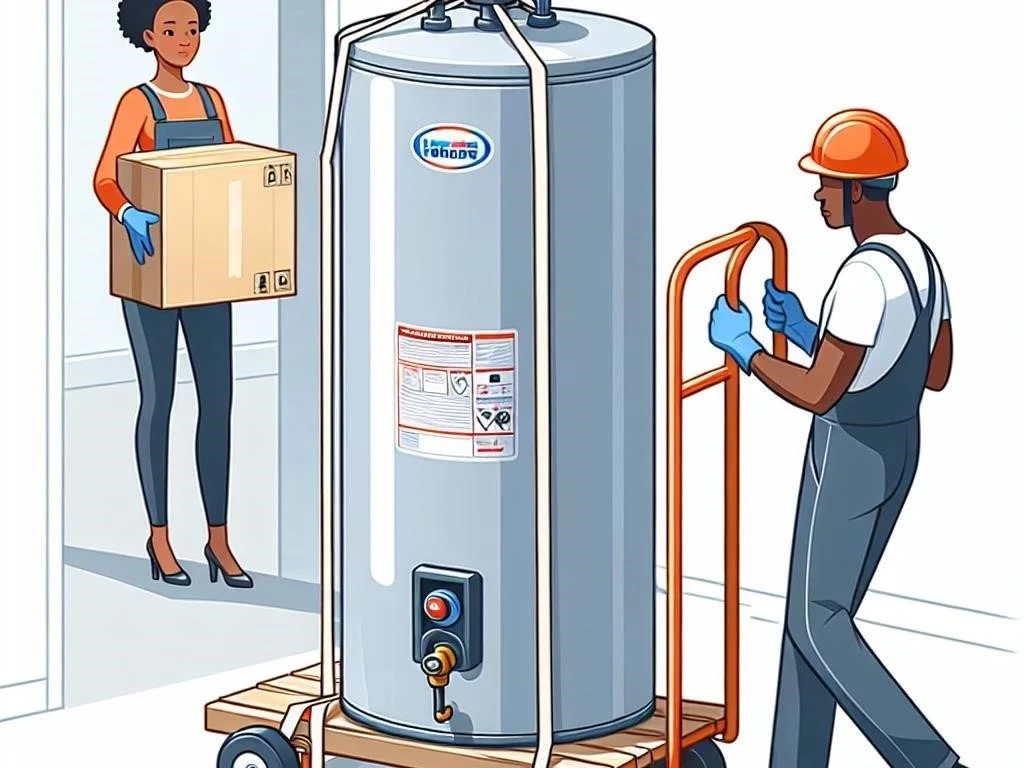
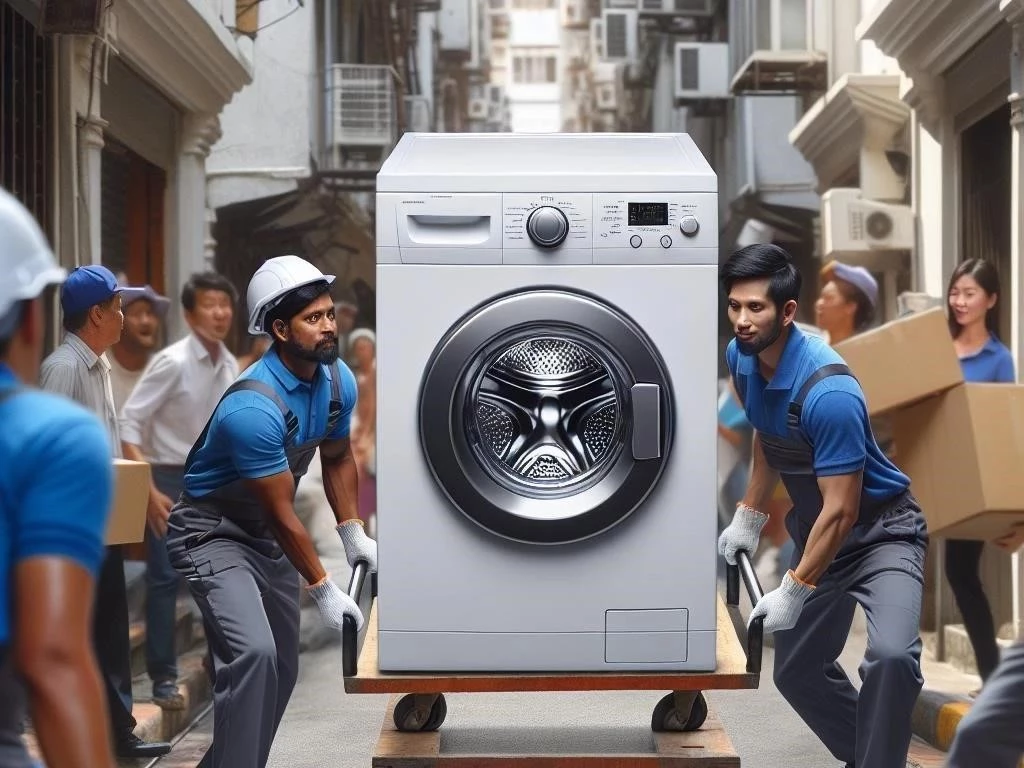


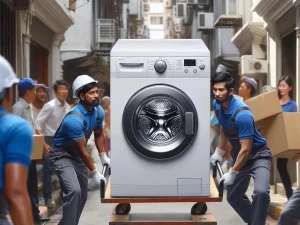
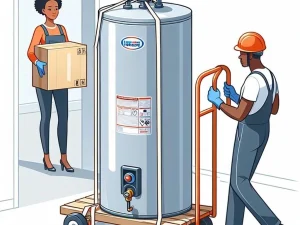







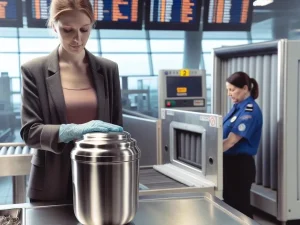
Post Comment